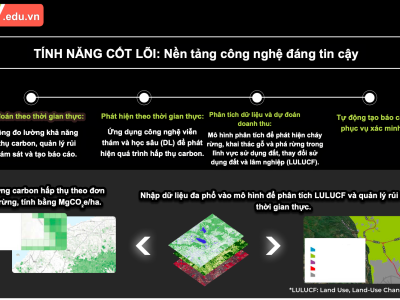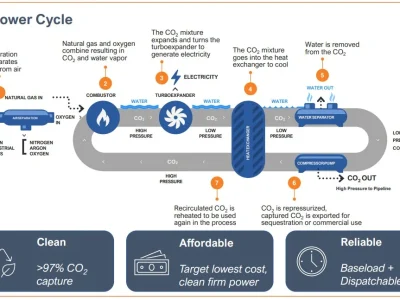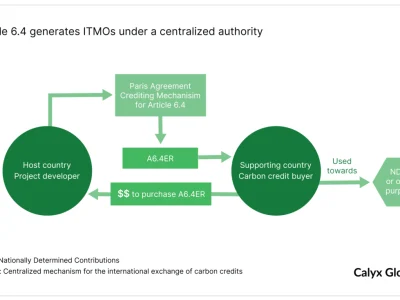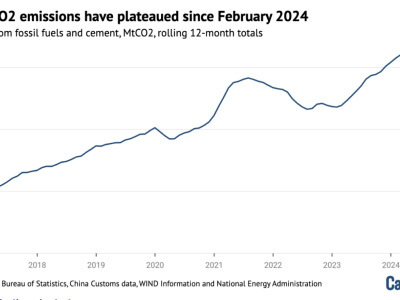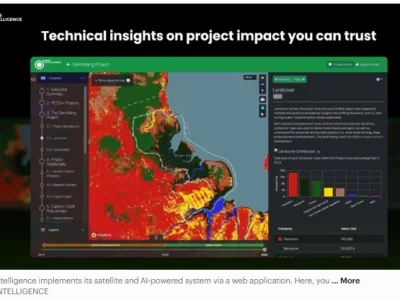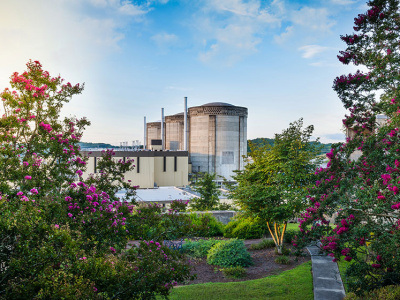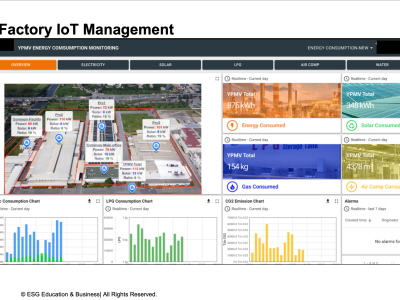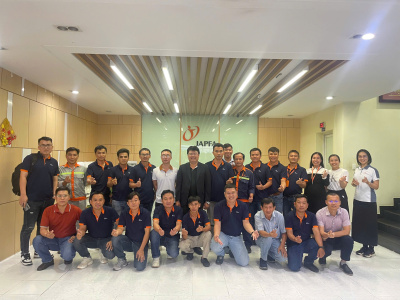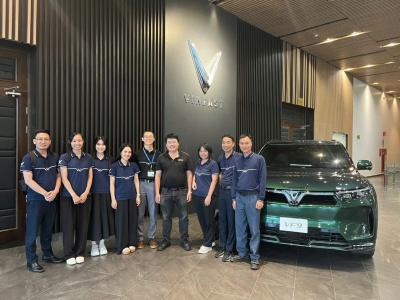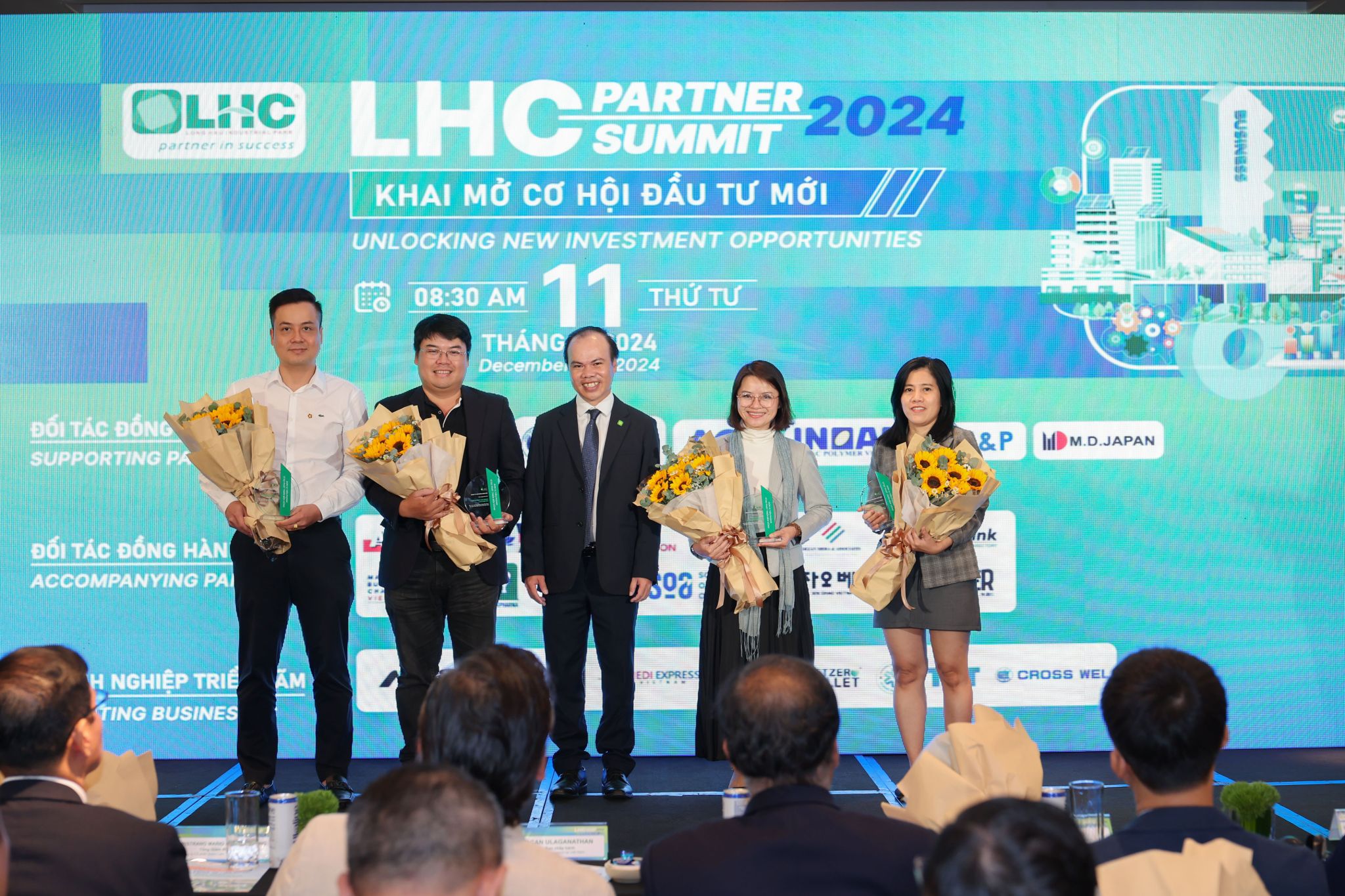 Chuong trinh dao tao
Chuong trinh dao tao
Linking the value chain opens the door for the rice industry to enter the carbon credit market
Linking the value chain in the One Million Hectare Project specializing in high-quality and low-emission rice cultivation is a prerequisite for access to preferential credit, traceability, application of sustainable farming techniques and participation in the carbon credit market in the future.
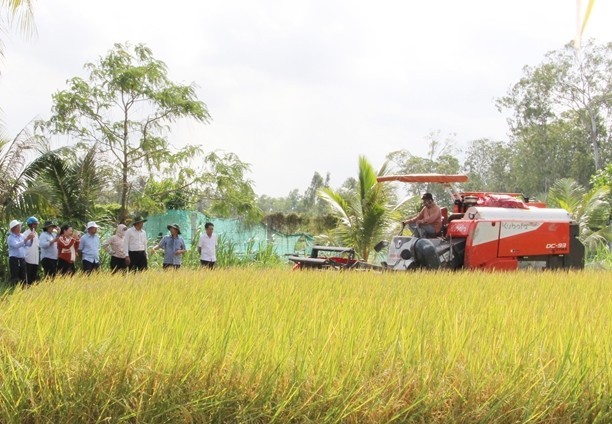
The project “Sustainable development of one million hectares of high-quality and low-emission rice cultivation associated with green growth in the Mekong Delta by 2030” has received the attention of a large number of people. (CTV photo)
Strengthening linkages and cooperation to well implement the 1 million hectares of rice project
Recently, in Can Tho, the Department of Economic Cooperation and Rural Development in collaboration with the School of Public Policy and Rural Development – Ministry of Agriculture and Environment organized a workshop on the role and solutions to attract and mobilize farmers, businesses and organizations to participate in the implementation of the Project “Sustainable development of one million hectares of high-quality rice cultivation and low emissions associated with green growth in the Mekong Delta by 2030”.
The workshop was organized to create conditions for policy makers, state management agencies and units, enterprises, cooperatives (cooperatives), farmers and related parties to meet, connect information and discuss and propose solutions to strengthen linkages, cooperate to well implement the 1 million hectares of rice project.
At the workshop, the delegates were updated and provided information on the implementation of the 1 million hectares of rice project, the results of the implementation of pilot models and solutions to promote rice consumption linkages in chains; disseminate and implement the State’s policies on encouraging the development of cooperation and linkage in production and consumption of products and guide the implementation of linkages between farmers, cooperatives and enterprises in the implementation of the 1 million hectares of rice project; sharing experiences, introducing models, good practices in implementing links between farmers, businesses and cooperatives in rice production and consumption.
On this occasion, the Department of Cooperative Economy and Rural Development introduced cooperation and association models that are encouraged to be applied in the 1 million hectare project, including: Leading enterprise linkage model; The Cooperative Model as the Linkage Center and the Open Value Chain Model with the participation of traders, microfinance and other ancillary services.
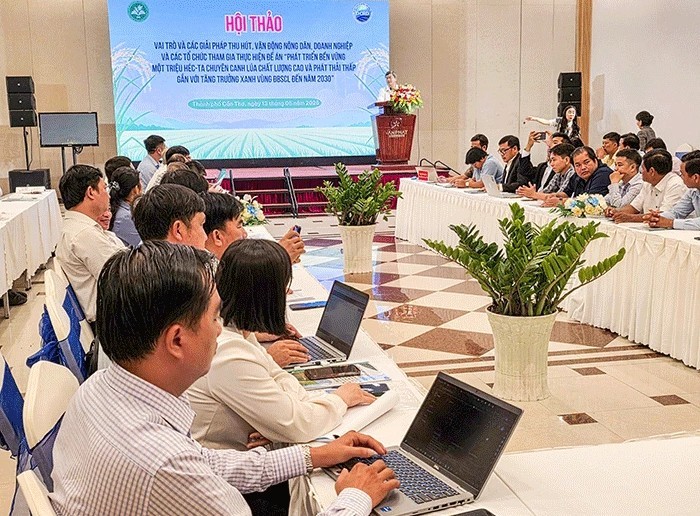
Delegates attended the workshop on the role and solutions to attract and mobilize farmers, businesses and organizations to participate in the implementation of the Project “Sustainable development of one million hectares of high-quality and low-emission rice cultivation associated with green growth in the Mekong Delta by 2030”. (CTV photo)
According to Mr. Nguyen Tien Dinh, Department of Economic Cooperation and Rural Development, linking the value chain is a key solution to reorganize production, improve efficiency and ensure the responsible participation of all parties in production, processing and consumption. The construction of linkage models helps to form a concentrated and synchronous raw material area in terms of varieties, techniques and quality, thereby meeting market requirements and reducing intermediate costs. Along with that, chain linkage is also a prerequisite for access to preferential credit, traceability, application of sustainable farming techniques and participation in the carbon credit market in the future.
Mr. Nguyen Tien Dinh added that the strength of the business-led linkage model is that there is a clear commitment to consumption from rice consumers, creating a closed production chain from input to output. Businesses can control product quality. Along with that, this model is suitable in areas where there are strong enterprises investing in processing and exporting, cooperatives operating stably, with the capacity to manage and coordinate rice production and trading, raw material areas with a scale of over 100 hectares.
As for the cooperative model as the association center, the cooperative makes a “production – consumption” plan, signs a commercial contract with the output enterprise, coordinates production supervision, traceability, quality management, collection, preliminary processing, preservation and consumption of rice. In particular, farmers and members of the cooperative cultivate according to the technical instructions and regulations of the cooperative, keep production logs, and hand over products in accordance with regulations to the cooperative. Along with that, enterprises are partners in consuming rice through contracts and commercial agreements with cooperatives.
According to Mr. Nguyen Tien Dinh, in order to implement it, it is necessary to propagate, disseminate and guide cooperatives and enterprises to develop production and consumption linkages along the value chain of high-quality, low-emission rice. Along with that, build pilot models of linking production and consumption along the rice value chain. At the same time, support and develop cooperatives and cooperative groups, train cooperative management personnel, upgrade infrastructure to participate in the sustainable rice production value chain.
Close links between farmers in cooperatives and enterprises to reorganize production
At the workshop, Dr. Tran Minh Hai, Vice Rector of the School of Public Policy and Rural Development, summarized the initial results in one year of implementation of the Project. Up to now, 12 provinces and cities in the Mekong Delta (except Ben Tre) have registered over 1 million hectares of rice under the Scheme. In which, the highest is Kien Giang with 200,000 hectares, the lowest is Vinh Long with 20,000 hectares.
The results from 7 central-level point models in Kien Giang, Soc Trang, Tra Vinh, Dong Thap and Can Tho provinces have brought clear results. Input stages such as seeds, fertilizers, medicines, and irrigation water have all decreased; increased productivity. The income of rice farmers in the model increased by 12-50% (equivalent to 4-7.6 million VND/ha compared to traditional production).
However, opinions from farmers, businesses to economic experts at the workshop also pointed out many current difficulties and obstacles in the implementation of the Project. Emerging are: The scale of farming households is small, it is difficult to apply technical advances, so it is difficult to build a concentrated large-scale raw material area; Farmers participating in production are all elderly, so they are slow and afraid to change the application of new science and technology, not meeting the requirements of affiliated enterprises…
According to Mr. Tran Van Lo Ba, Phu Thanh Agricultural Cooperative (Phu Tan district, An Giang province), currently 100% of farmers participating in the model are transferred technical advances and apply sustainable rice cultivation processes. Rice farmers in the area participating in the project have knowledge of sustainable rice cultivation standards. However, the association with enterprises consuming products is not diverse, not much, and the area is still low compared to the local production area.

In order to achieve the goal of deploying over 200,000 hectares of high-quality rice by 2025 and 1 million hectares of high-quality rice by 2030, the Ministry of Agriculture and Environment requires localities to expand sustainable production models. (CTV photo)
According to the Ministry of Agriculture and Environment, 2025 is an important year, marking the end of the first phase of the Project. Therefore, in order to achieve the target of deploying over 200 thousand hectares by 2025 and 1 million hectares by 2030, the Ministry requires localities to expand sustainable production models and implement emission measurement according to the MRV process that has been issued. Along with that, building a digitized map of the area in 12 Mekong Delta provinces to ensure that it meets the criteria for expansion in the period of 2026 – 2030.
The 1 million hectares of rice project aims to reorganize production in order to form and sustainably develop a high-quality rice cultivation area associated with green growth in the Mekong Delta on a large scale to improve the income of rice growers and the efficiency of the rice value chain.
At the same time, it helps reduce greenhouse gas emissions and adapt to climate change, protect the ecological environment, contribute to ensuring national food security and effective exports, contributing to the sustainable development of the Mekong Delta and climate change adaptation.
The implementation of value chain linkage, with close linkages between farmers in cooperatives and enterprises and related parties is an important solution to reorganize production, improve efficiency and well implement the goals set out in the 1 million hectares of rice project./.


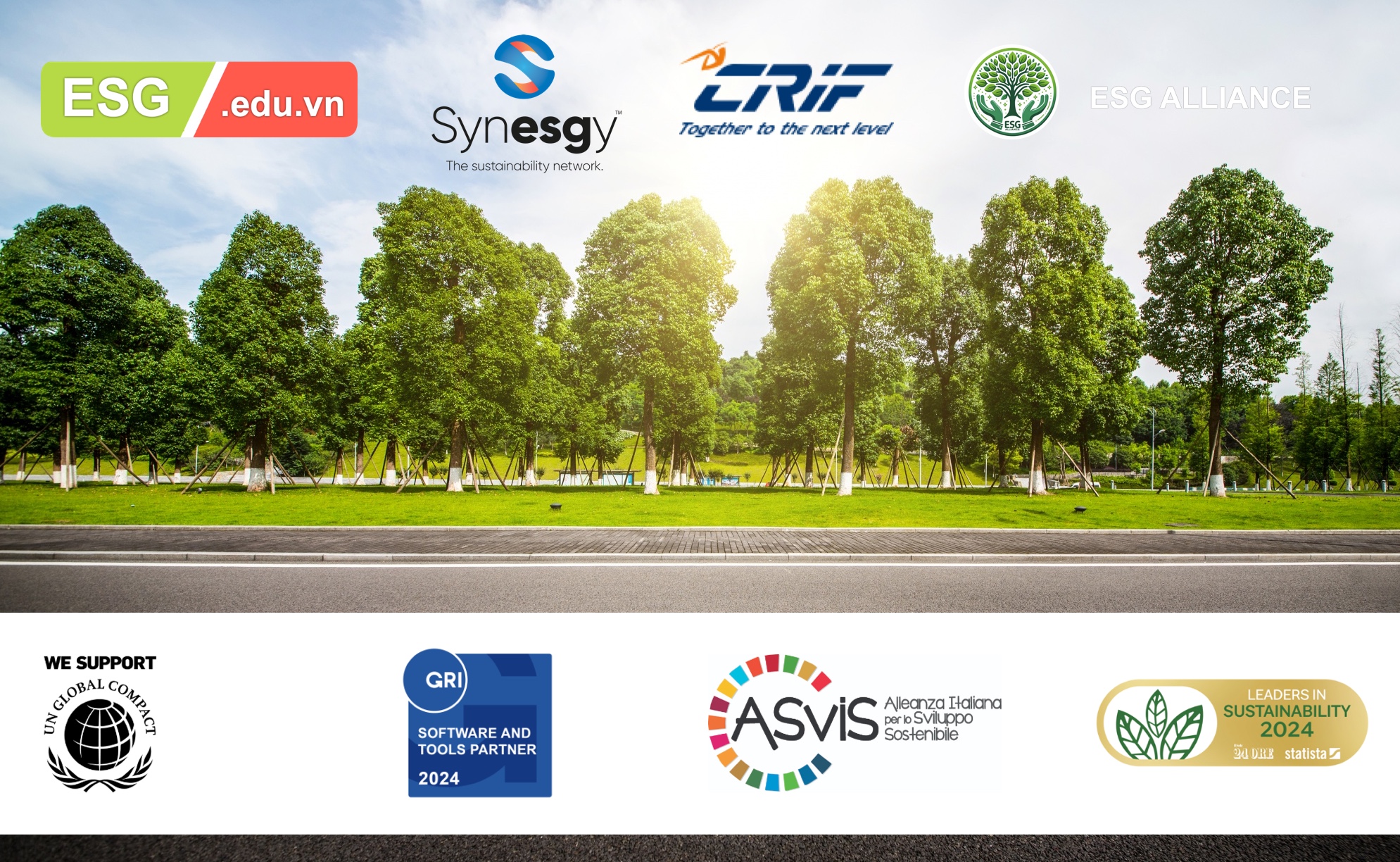







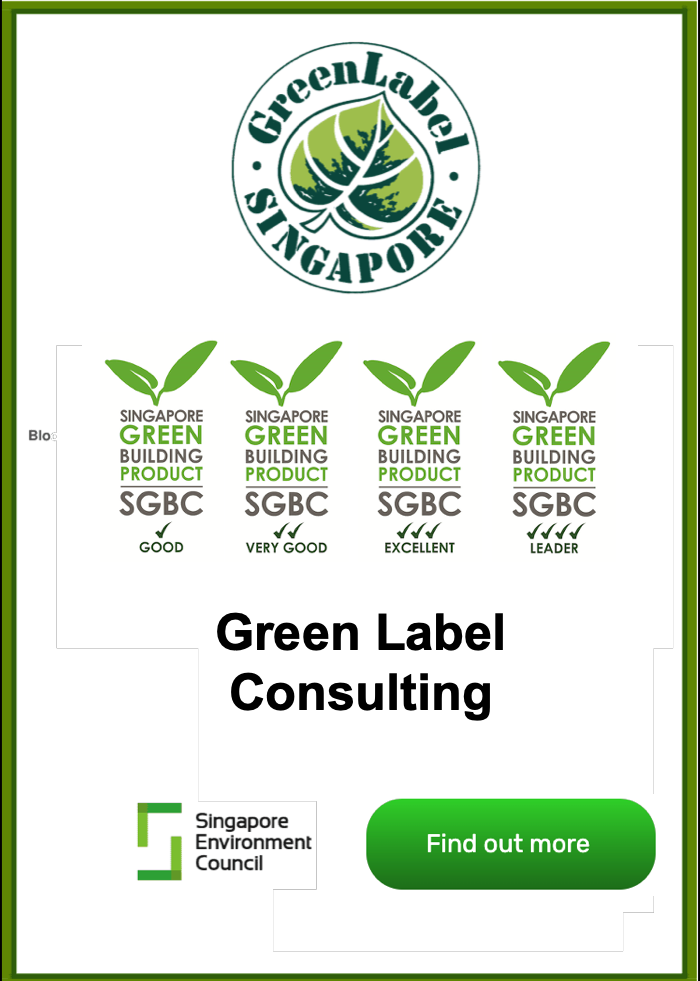
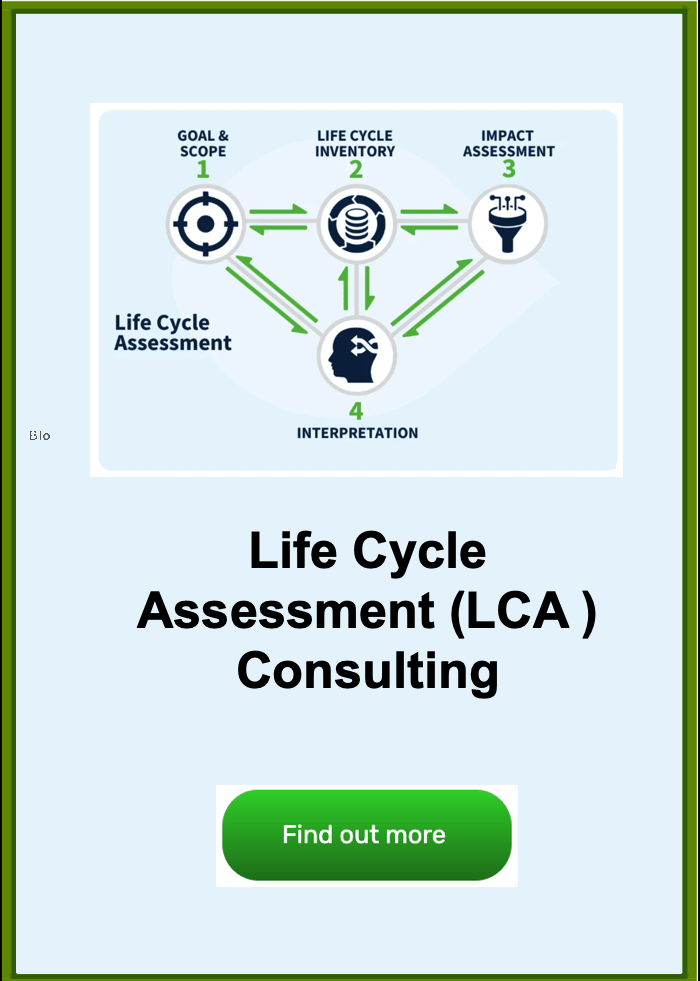
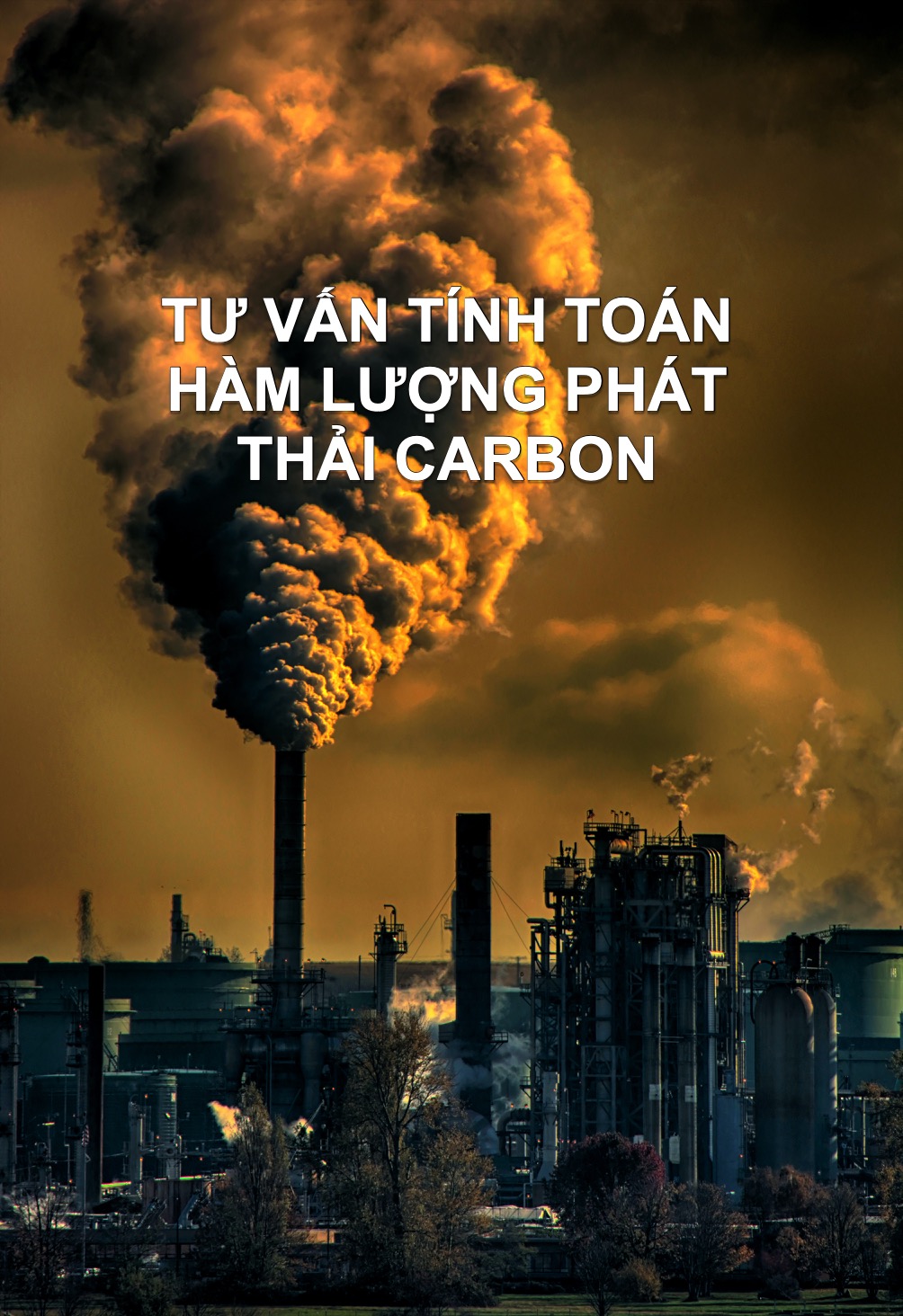
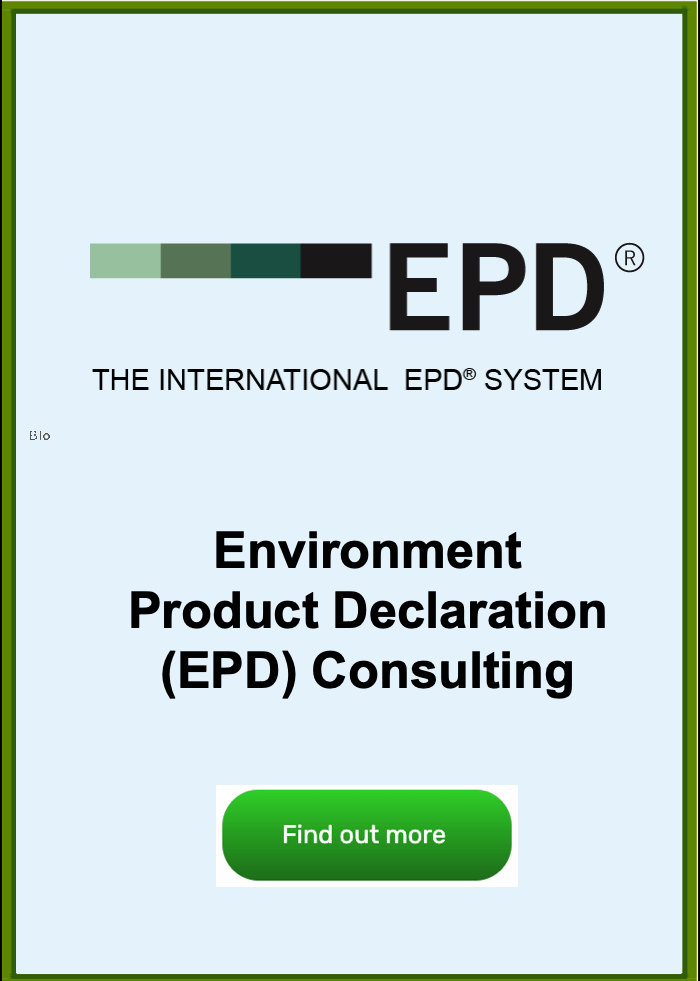
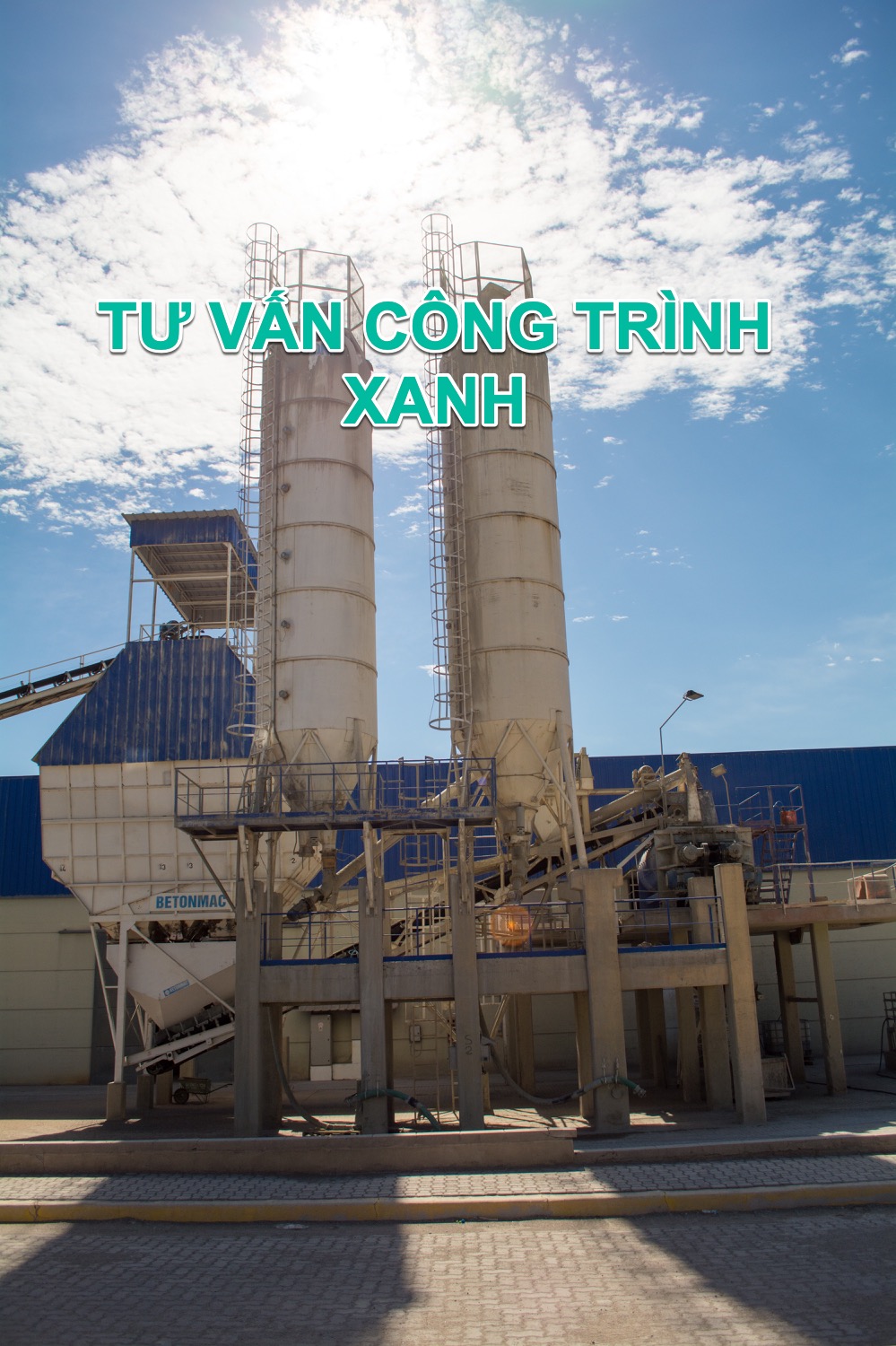
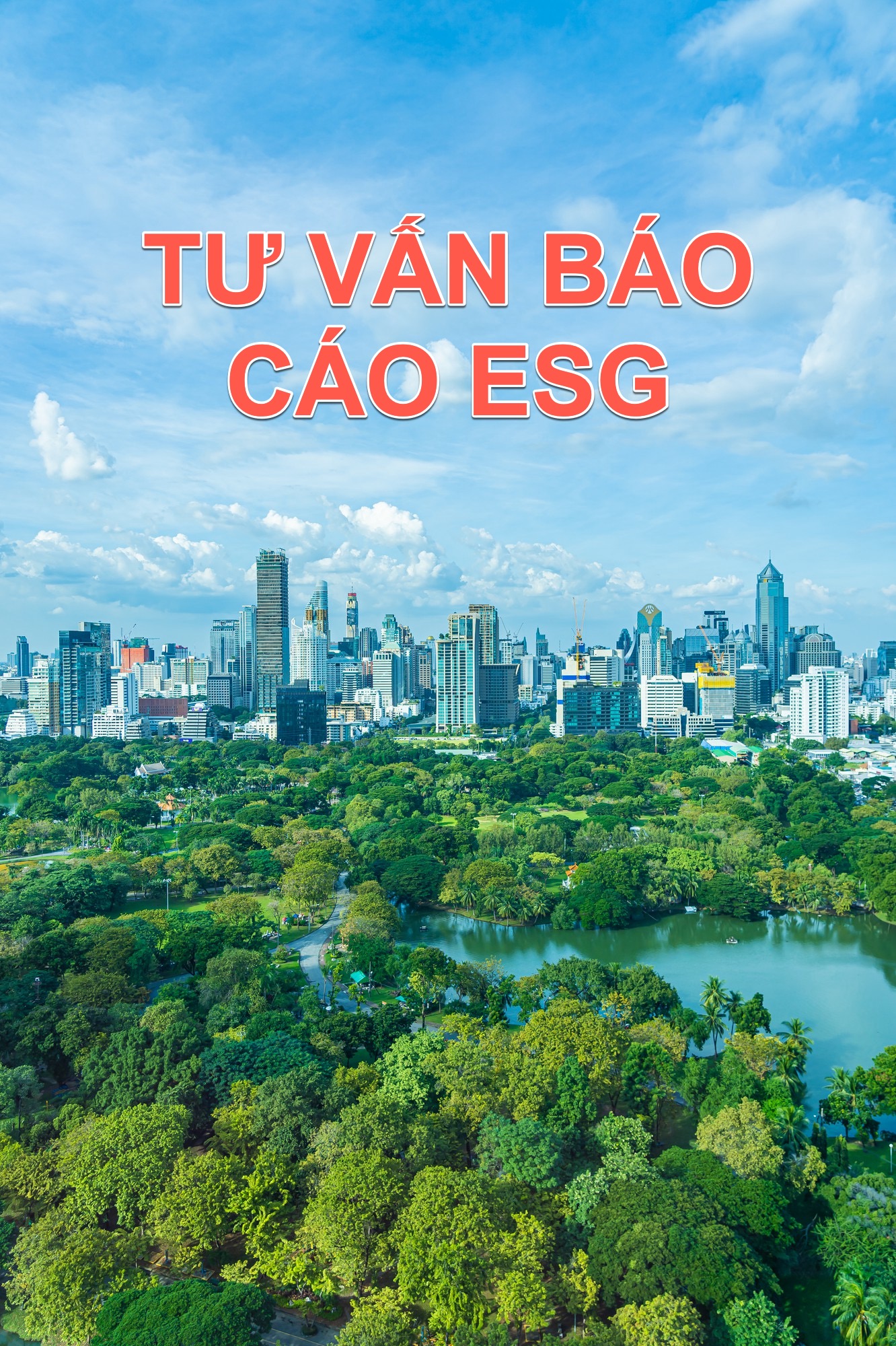
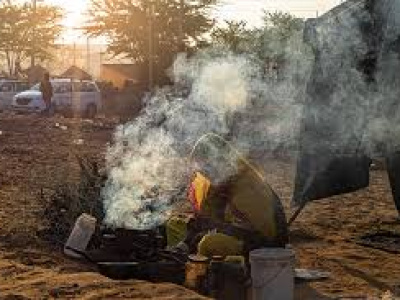
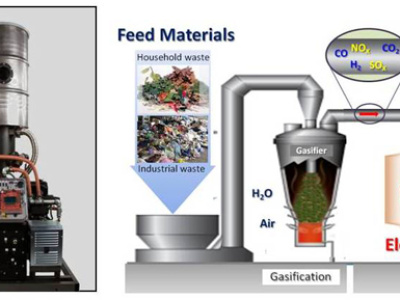
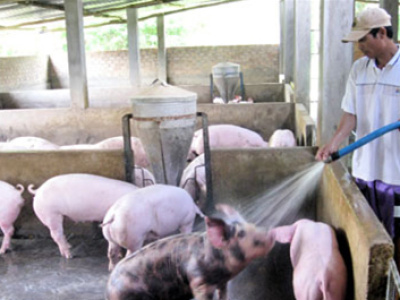
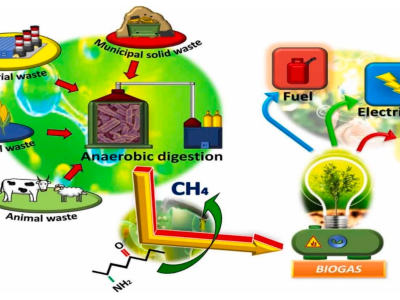
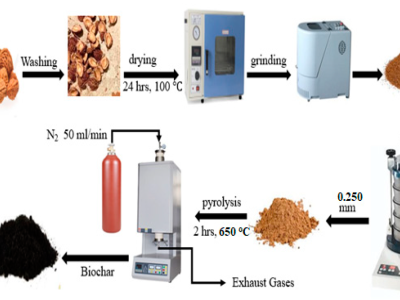
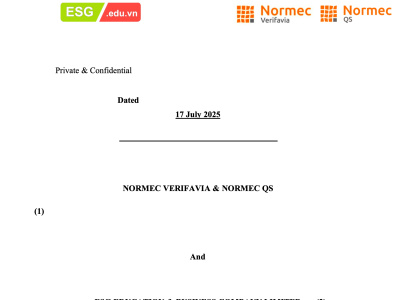
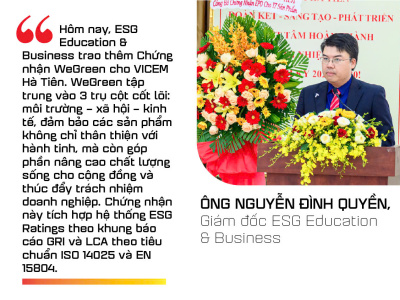
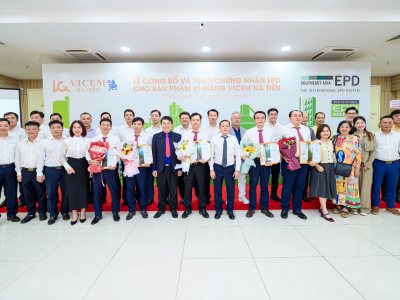
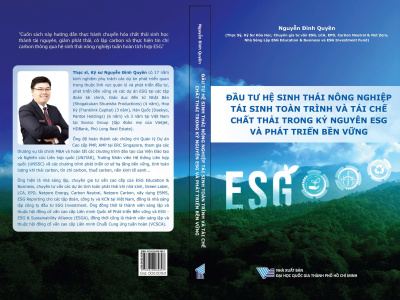
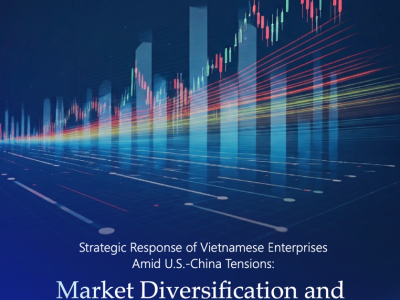
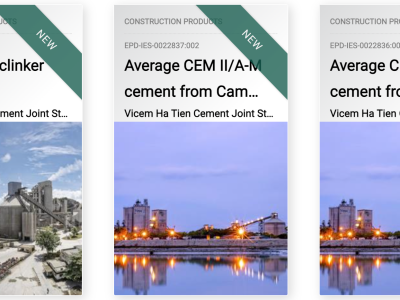
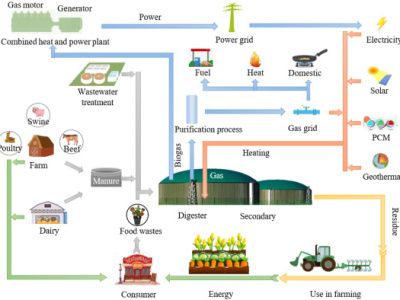
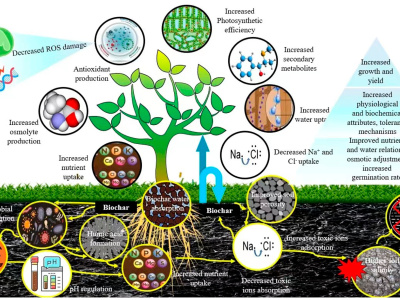
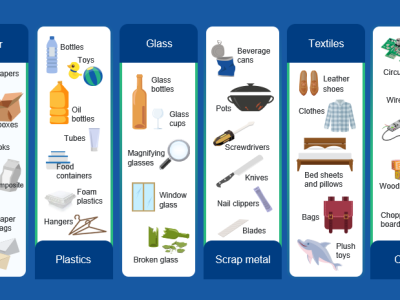
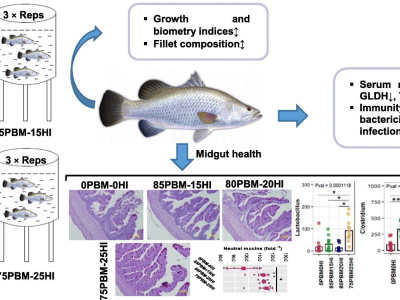
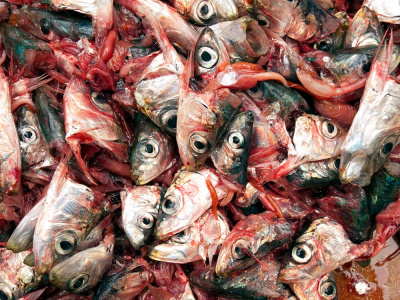
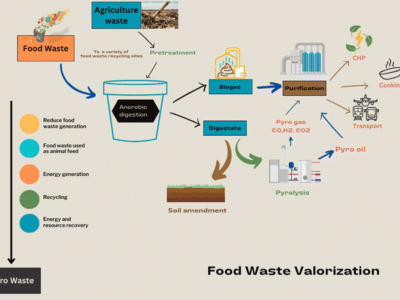
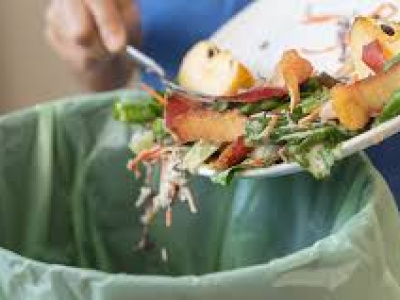
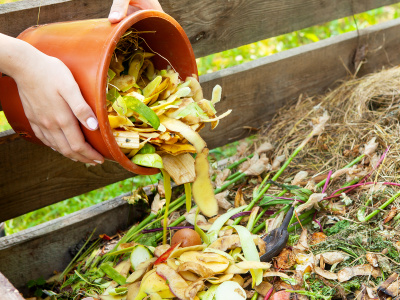
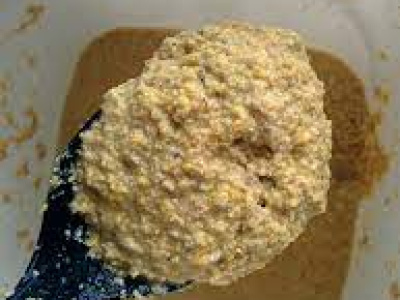
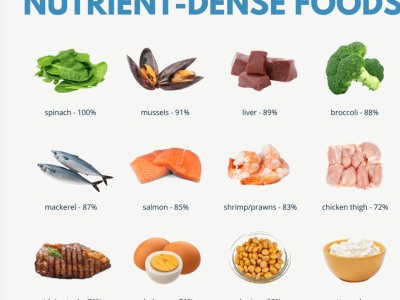
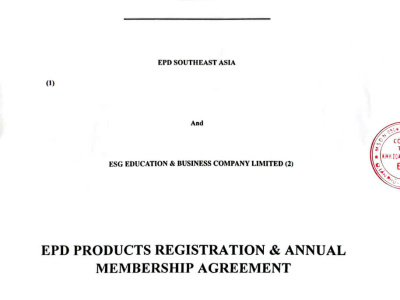
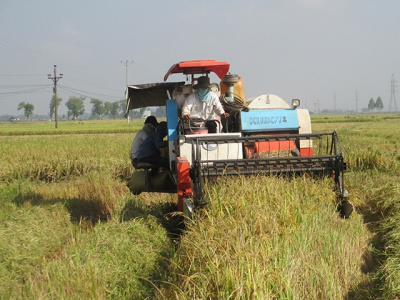
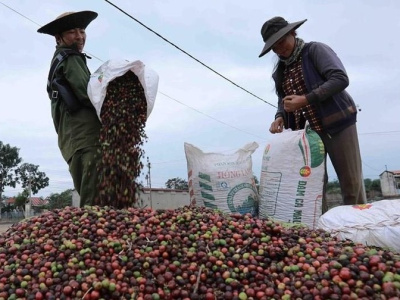
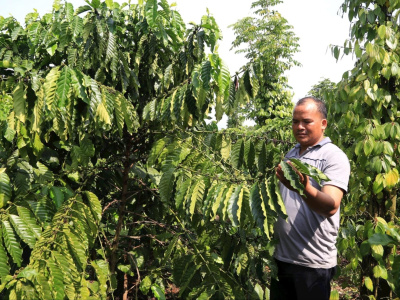
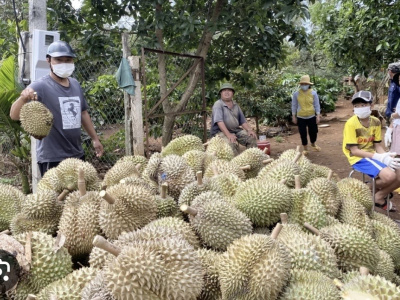
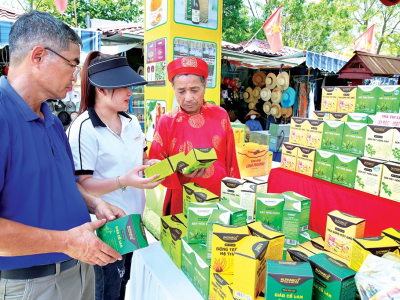
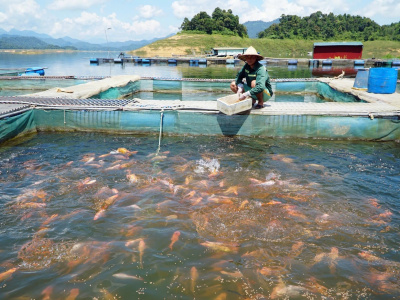
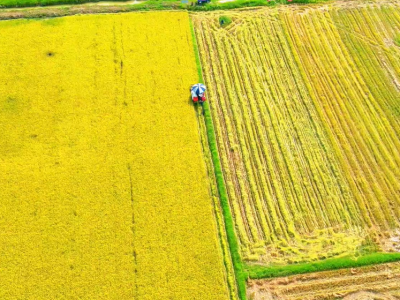
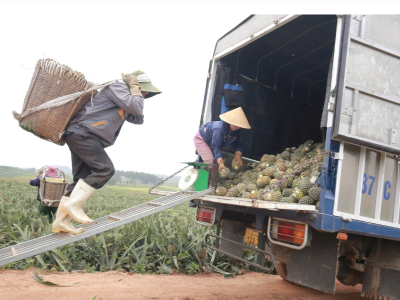
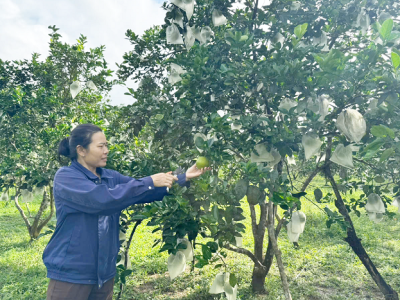
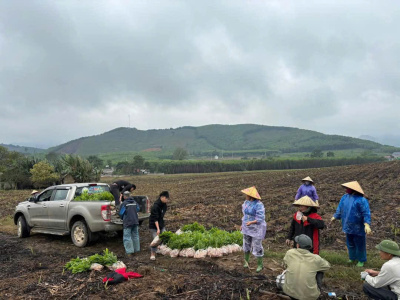
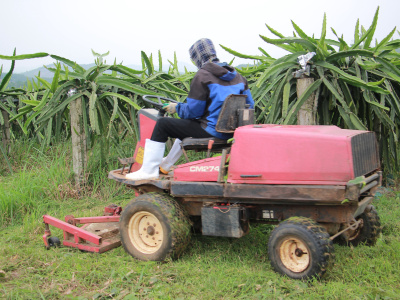
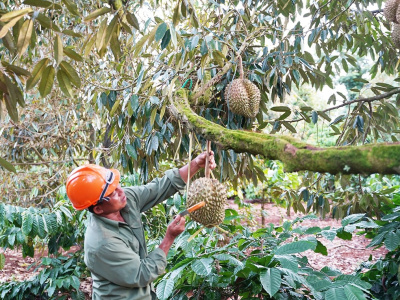
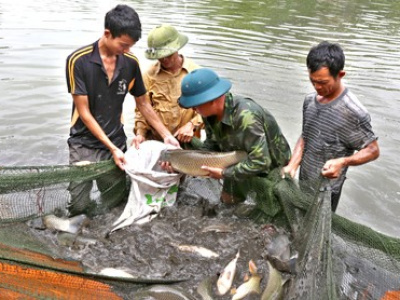
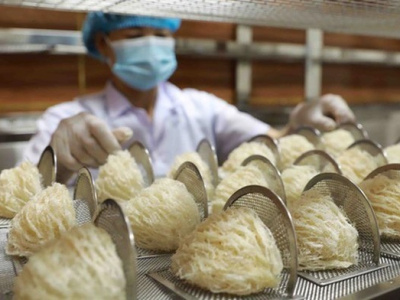
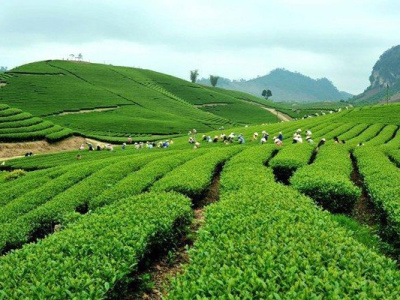
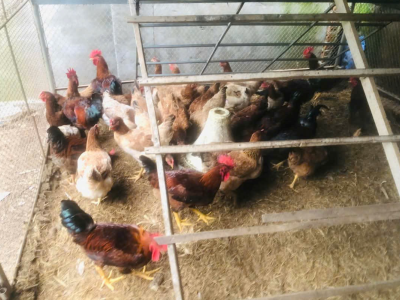
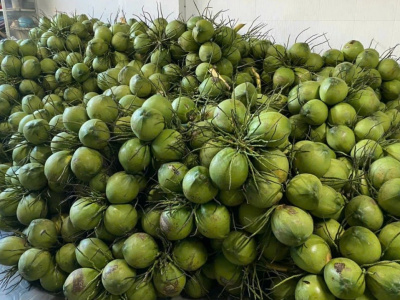
![NGUYỄN ĐÌNH QUYỀN [VN]](https://aseanfarmers.com/wp-content/uploads/NGUYEN-DINH-QUYEN-VN-400x300.png)
